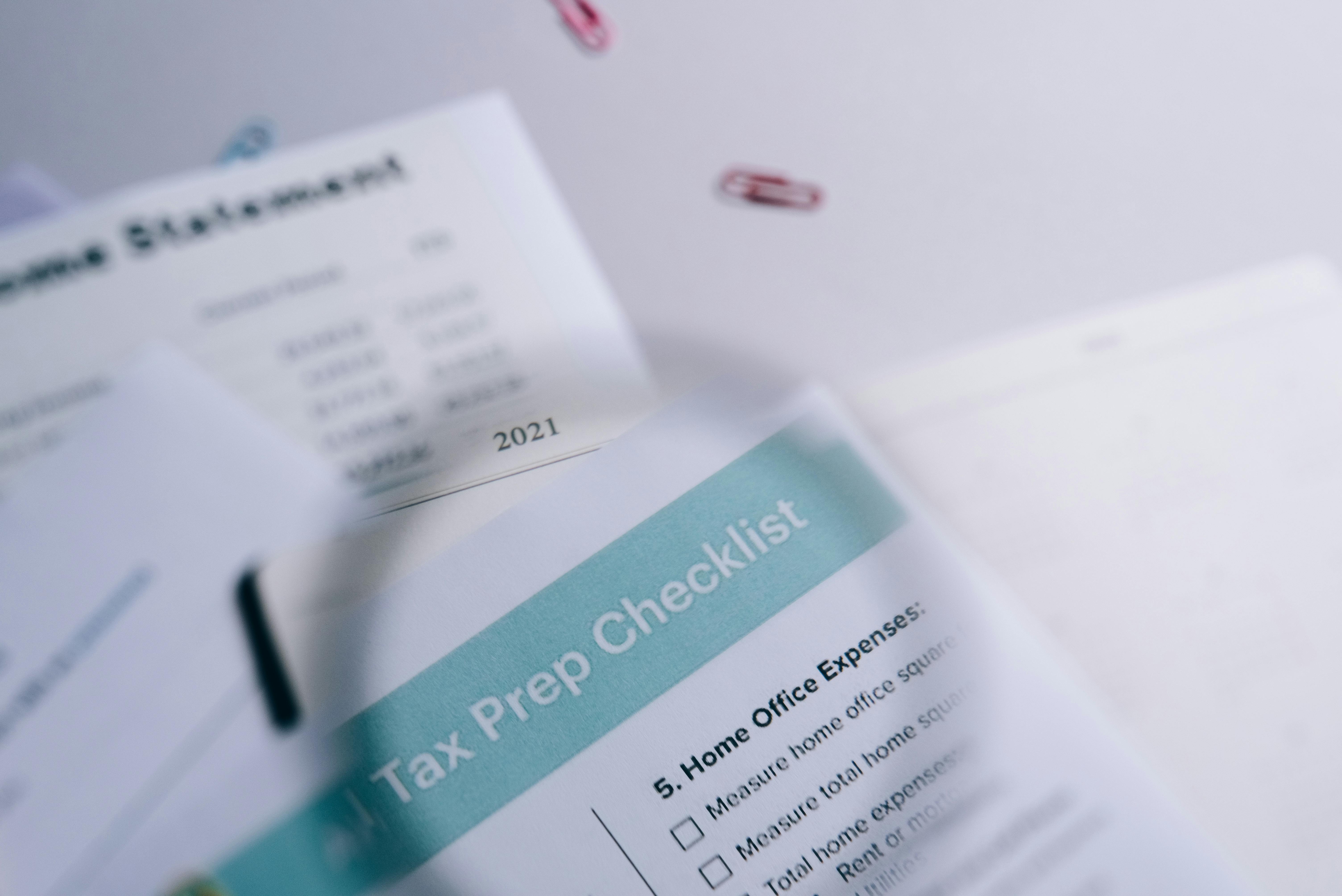How to Effectively Loosen Tight Lower Back Muscles in 2025

Understanding Lower Back Muscle Tightness in 2025
Lower back pain can affect anyone, influencing not only daily activities but overall quality of life. In 2025, we continue to see the interaction of modern lifestyles with health issues related to tight lower back muscles. Whether it’s prolonged sitting at work or stress-induced tension, understanding the root causes is key to developing effective solutions. Loosening tight lower back muscles can significantly alleviate discomfort and prevent further injury.
Flexible and strong lower back muscles are vital for maintaining proper posture and performing various physical activities. This article will offer a comprehensive overview of techniques for easing lower back tightness, including stretching exercises for the lower back, yoga sequences for pain relief, and effective trigger point therapy strategies.
By following the guidelines provided, readers will learn practical daily routines, mobility exercises, and the importance of adopting proper posture to foster long-term relief. The benefits of these approaches go beyond immediate physical comfort and contribute positively to emotional wellbeing and overall health.
Key takeaways include recognizing muscle knots, incorporating mindfulness in pain management, and utilizing therapeutic exercises like Pilates and foam roller techniques to enhance recovery.
Essential Stretching Exercises for Lower Back Relief
Stretching is a fundamental practice for loosening tight lower back muscles. Not only does it aid in muscle relaxation, but it also enhances mobility and helps improve overall flexibility. In this section, we will explore the best stretching exercises specifically designed for lower back pain relief.
Daily Back Stretches
Incorporating daily back stretches is crucial for reducing stiffness and increasing the range of motion. Gentle stretches like the Cat-Cow stretch encourage spinal flexibility, while the Child's Pose provides a deep stretch for the lower back. Remember to hold each stretch for at least 20-30 seconds to maximize their effectiveness.
Hamstring and Glute Stretches
Hamstring and glute stretches are also essential as tightness in these muscles can contribute to lower back pain. The Seated Forward Bend and Pigeon Pose are excellent choices that target these areas, promoting relaxation and relieving tension. Regular practice can significantly enhance the elasticity of these muscle groups.
Cooling Down After Exercise
Post-exercise stretching can prevent tightness from returning. Incorporating cool-down stretches like the Spinal Twist or the Supine Hip Stretch after workouts encourages recovery and is vital for long-term back health. Consistency in these routines plays a crucial role in managing lower back pain.
Building on these fundamentals, we now transition into the significance of yoga therapy specifically tailored for back pain.
Yoga for Back Pain: Finding Relief through Movement
Yoga has emerged as a holistic approach to managing lower back pain. Combining breathwork with physical postures helps achieve muscle relaxation and stress reduction. In 2025, understanding the various yoga techniques available can empower individuals to take control of their pain management.
Best Yoga Poses for Back Pain Relief
Some of the best yoga poses for back pain relief include the Downward Dog and Sphinx Pose. These postures release tension in the lower back while strengthening surrounding muscles. Engaging in consistent yoga practice can improve flexibility and create a stronger connection between body and mind.
Restorative Yoga Poses
Restorative yoga poses, such as the Legs-Up-The-Wall pose, work wonders in promoting relaxation and providing relief from tight muscles. These gentle stretches also encourage blood circulation, which is beneficial in healing muscle strains. Practitioners are encouraged to stay in these poses for extended periods for maximum benefit.
Integrating Mindfulness with Yoga
Mindfulness meditation can significantly complement yoga practices. By focusing on breath and being present in each pose, individuals can enhance their relaxation techniques and develop a better awareness of their body mechanics. This improved body awareness can further aid in identifying muscle knots and trigger points, crucial for effective treatment.

With these yoga techniques established, let’s navigate through trigger point therapy and its role in relieving tension in the back.
Effective Trigger Point Therapy Techniques
Trigger point therapy focuses on alleviating muscle tightness by applying pressure to specific points in the muscle tissue. This method is particularly effective in addressing lower back tightness and promoting muscle relaxation. Understanding how to identify muscle knots can empower individuals to manage their pain actively.
Identifying Muscle Knots
To effectively use trigger point therapy, learning to identify muscle knots is paramount. These hard, sensitive areas in the muscle are often sources of pain. Applying sustained pressure on these knots helps relieve tension and stimulates blood flow, promoting recovery. Techniques can be utilized at home or during a professional massage session.
Self-Care Techniques with Foam Rollers
Foam roller techniques can provide an affordable and convenient way to practice trigger point therapy at home. Rolling over tight areas in the lower back can release muscle tension and improve flexibility. Aim to spend 1-2 minutes on each problematic area, ensuring that the pressure feels manageable. Regular foam rolling can complement your stretching routine effectively.
Professional Massage Benefits
Engaging in therapeutic massage techniques performed by trained professionals not only helps in relieving muscular tension but also offers emotional wellbeing benefits. Regular massage can help maintain overall muscle health and promote relaxation, making it an excellent addition to a comprehensive lower back care routine.
Taking this concept further, it's essential to recognize how muscle relaxation techniques extend to daily living and exercise habits.
Incorporating Mobility and Strengthening Exercises
Mobility exercises and core strengthening workouts are critical in preventing lower back muscle strains and enhancing overall back health. In 2025, a proactive approach that includes specific exercises can combat tightness and maintain mobility effectively.
Core Stability Exercises
Engaging core stability exercises like planks and bridges strengthens the muscles supporting the spine. A strong core is fundamental in alleviating pressure on the lower back, thus reducing pain. Incorporating these exercises into your routine can improve functional movements and alleviate tightness.
Dynamic Stretches for Flexibility
Dynamic stretches, such as leg swings and torso twists, not only warm up the lower back but also enhance flexibility. Implementing these stretches before workouts promotes blood flow and reduces the likelihood of injury. Stay mindful of your movements to effectively activate the hip flexors and engage your core while performing these exercises.
Mindful Mobility Routines
Creating a mindful mobility routine that integrates daily activities with stretching can seamlessly enhance your back health. Focus on maintaining proper posture while sitting, standing, and even during workouts to support your lower back. Being conscious of body mechanics, especially when lifting heavy objects, further minimizes the risk of lower back pain.

With mobility and strengthening exercises established, let’s delve into self-care routines that enhance everyday back health.
Essential Self-Care Practices for a Healthy Back
Self-care for the back includes a combination of lifestyle changes and personalized techniques to foster long-term muscle health. In this section, we will explore practical self-care tips that can easily be integrated into daily life for effective lower back pain relief.
Ergonomic Support in Daily Life
Proper ergonomic support, especially at work, plays a significant role in preventing lower back pain. Using chairs that support lumbar alignment and maintaining appropriate desk heights can significantly reduce strain. Additionally, taking regular breaks from prolonged sitting is crucial for mobility and tension relief.
Heat Therapy vs. Cold Therapy
Understanding the benefits of heat and cold therapy can be vital in managing lower back pain. Heat therapy can relax tense muscles and improve blood flow, while cold therapy may reduce inflammation and numb sharp pain. Utilizing both methods when needed can aid recovery and enhance muscle relaxation.
Daily Mindfulness Practices
Incorporating mindfulness and stress relief techniques into your daily routine not only benefits your emotional wellbeing but also alleviates muscle tension. Techniques such as deep breathing exercises and mindfulness meditation can be particularly effective in promoting relaxation and stress reduction.
As we wrap up this exploration of self-care practices, it's essential to recognize that a multifaceted approach to lower back health encourages long-term success.
Conclusion: Embracing a Holistic Approach for Back Health
Loosening tight lower back muscles requires a comprehensive approach combining stretching, targeted exercises, and self-care practices. By integrating the techniques discussed—such as yoga, trigger point therapy, and mobility exercises—individuals can foster resilience against lower back pain. In 2025, prioritizing back health through a holistic lens can empower individuals to live vibrant, active lives while managing their pain effectively.
Adopting these strategies not only complements physical health but also nurtures emotional wellbeing, proving that care for the body can lead to a healthier, happier lifestyle.